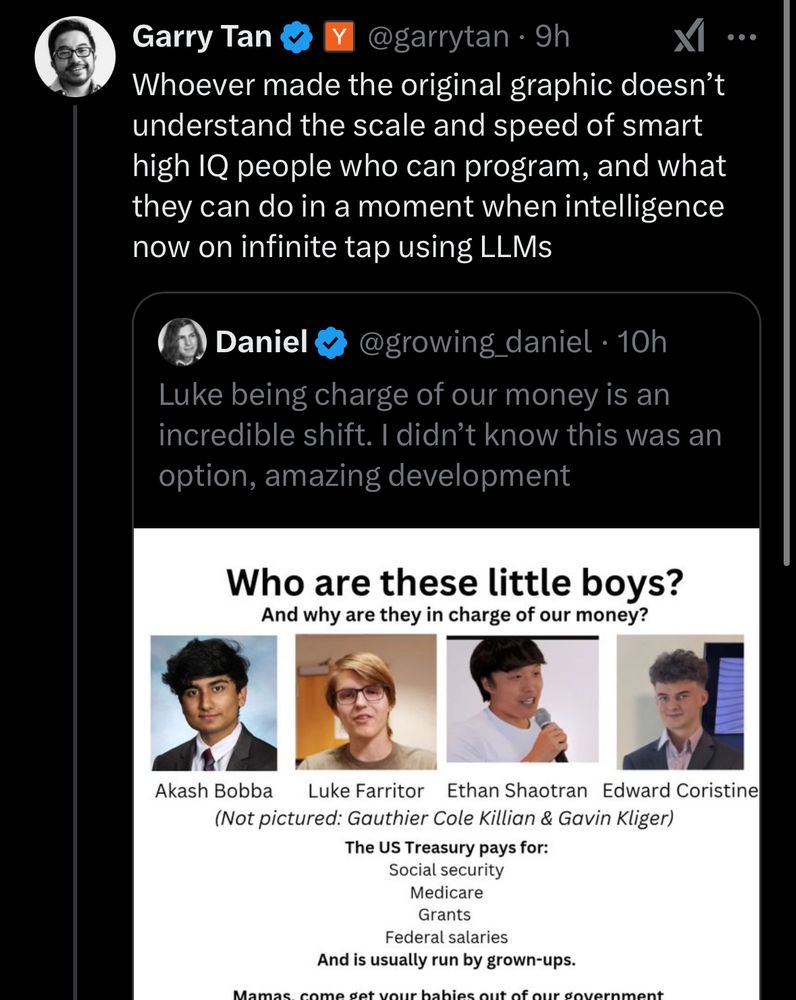David Waldron
@davidawaldron.bsky.social
390 followers
620 following
70 posts
Economist in Indianapolis. Dataviz, labor markets, education, workforce development.
waldrn.com
Posts
Media
Videos
Starter Packs
David Waldron
@davidawaldron.bsky.social
· May 21
David Waldron
@davidawaldron.bsky.social
· May 21
David Waldron
@davidawaldron.bsky.social
· May 20
Tertiarization Like China | Annual Reviews
This article documents a rapid shift toward services (tertiarization) of the Chinese economy since 2005, as evidenced by the significant increase in both employment and value-added shares of the servi...
www.annualreviews.org
Reposted by David Waldron
Reposted by David Waldron























